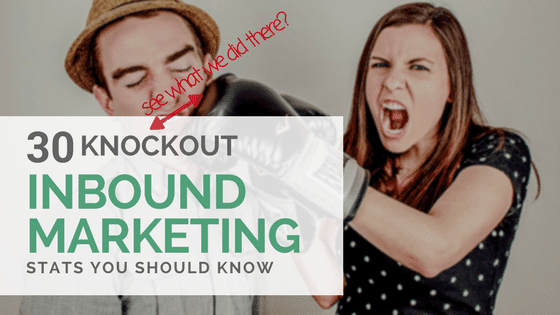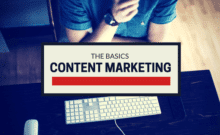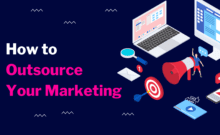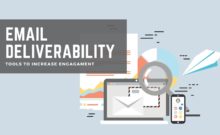Knockout Inbound Marketing Stats for 2023
By now you will have probably heard about inbound marketing or content marketing. Maybe you have thought about utilising it in your own company? Well just for you, we have compiled 30 Knockout Inbound Marketing Stats. In this post we offer you some great stats to help you see the amazing benefits your business will achieve if you invest some of your time, money and resources into it inbound marketing.
As Guy Kawasaki, the executive fellow at the Haas School of Business, former chief evangelist at Apple, and author of 13 books, once said:
“If you have more money than brains, you should focus on outbound marketing. If you have more brains than money, you should focus on inbound marketing.”
Inbound marketing is on the rise and it’s here to stay, 2023 is set to see rapid proliferation of inbound and content marketing strategies amongst medium size businesses. The modern consumer is unresponsive to the traditional ‘shove ads in people’s faces’ approach to marketing. In fact, as we will soon demonstrate, they hate it. Today’s consumers are self-sufficient and educated, choosing to research brands and products themselves before making a purchase. So let;s get right to it and show you some of the amazing 30 Knockout Inbound Marketing Stats You Should Know...
The 30 Inbound Marketing Stats You Should Know
1. Inbound tactics generate 54% more leads than traditional outbound marketing. (HubSpot)
2. Inbound marketing costs 62% less per lead than traditional outbound marketing. (HubSpot)
3. The average company saves £12,000 per year by investing more in inbound vs outbound. (HubSpot)
4. 86% of people skip television ads. (Marketing Sherpa)
5. 44% of online shoppers begin by using a search engine. (Interconnected World)
6. 80% of people ignore Google-sponsored ads. (Search Engine Land)
7. SEO leads have a 7x higher lead to close rate than outbound leads. (Search Engine Journal)
8. Marketers who have prioritised blogging are 13x more likely to enjoy positive ROI. (HubSpot)
9. 46% of people read blogs more than once a day. (HubSpot)
10. 80% of business decision-makers prefer to get company information in a series of articles rather than an advertisement. (Content Marketing Institute)
11. B2B marketers that use blogs generate 67% more leads than those that do not. (HubSpot)
12. 77% of buyers are more likely to buy from a company if its CEO uses social media. (War of Words)
13. Social media has a 100% higher lead-to-close rate than outbound marketing. (Hubspot)
14. Content marketing produces 3 times more leads per dollar. (Kapost)
15. Display ads have an average click-through rate of 0.1%. (Smart Insights)
16. Five out of six millennials connect with companies on social media networks. (SDL)
17. Only 1% of millennials say a compelling advertisement would make them trust a brand more. (Elite Daily)
18. 33% of millennials selected blogs as their top media source. (Elite Daily)
19. Fewer than 3% of millennials say traditional media influences their purchasing decisions. (Millennial Branding)
20. 62% of millennials say that if a brand engages with them on social networks, they are more likely to become a loyal customer. (Millennial Branding)
21. 80% of business decision makers prefer to get information in a series of articles versus an advertisement. (Exact Target)
22. 61% of consumers say they feel better about a company that delivers custom content and are also more likely to buy from that company. (Custom Content Council)
23. 178% of small businesses attract new customers through social media. (Relevanza)
24. 34% of all leads generated by marketers come from inbound marketing sources. (HubSpot)
25. Inbound practices produce 54% more leads than traditional outbound practices. (HubSpot)
26. 54% more leads are generated by inbound than by outbound. (HubSpot)
27. Brands that create 15 blog posts per month average 1,200 new leads per month. (HubSpot)
28. Businesses with 31 to 40 landing pages got 7 times more leads than those with only 1 to 5 landing pages. (HubSpot)
29. Those with over 40 landing pages got 12 times more leads than those with only 1 to 5 landing pages. (HubSpot)
30. Companies that excel at lead nurturing generate 50% more sales ready leads at 33% lower cost. (Forrester Research)
HERE IS A TWEET READY TO GO. JUST CLICK TO TWEET
[easy-tweet tweet=”30 Knockout Inbound Marketing Stats for 2023″ user=”munroagency” hashtags=”inboundmarketing,marketing”]









Leave a Comment